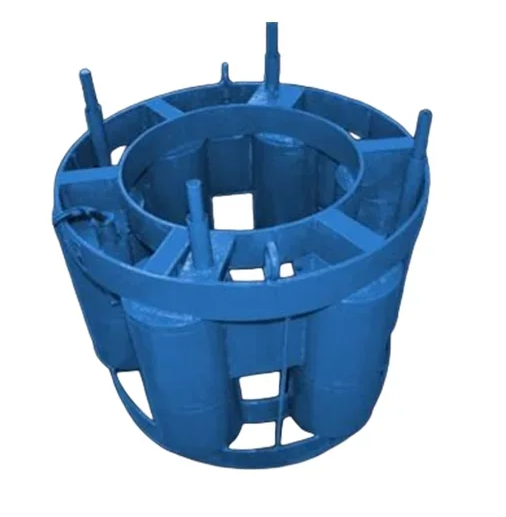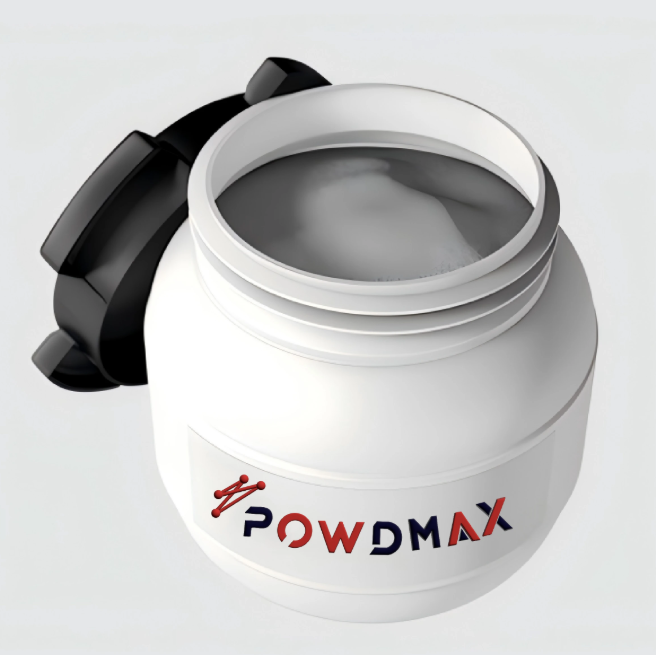Hydraulic Servo-Controlled Osterberg Cell Equipment: Ensuring Reliable Load Testing for Small-Diameter Piles
In the construction and infrastructure industry, accurate assessment of pile foundation capacity is essential to ensure structural integrity, long-term durability, and safety compliance. Among the advanced methods for pile testing, hydraulic servo-controlled Osterberg cell equipment stands out as a highly reliable solution for small-diameter piles, providing precise and repeatable measurements in both static and high-load scenarios.
Jiangxi Keda, established in 2018, has rapidly emerged as a leading innovator in load box and pile testing technologies. By specializing in hydraulic servo-controlled systems and modular pile testing equipment, Keda ensures efficient, intelligent, and accurate evaluation of foundation piles in real estate, subway systems, airports, docks, railroads, power plants, and mining projects.
Key Features of Hydraulic Servo-Controlled Osterberg Cell Equipment
1. High-Precision Load Control
-
Hydraulic Servo Mechanism: Ensures smooth, accurate, and programmable load application for small-diameter piles, allowing testing of both axial and lateral load capacities.
-
Load Calibration Repetition: Maintains a maximum deviation of 3% FS, guaranteeing reliable results across multiple testing cycles.
-
Adaptive Loading Profiles: Customizable hydraulic pressure application allows stepwise or continuous loading, adapting to project-specific requirements.
2. Displacement and Deformation Monitoring
-
Measurement Range: 0–200 mm with a resolution of 0.01 mm, enabling precise observation of pile settlement and lateral movement.
-
High-Frequency Data Acquisition: Adjustable from 10Hz to 100Hz, capturing real-time deformation and load responses for comprehensive performance analysis.
-
Integration with Data Management Systems: Collected data can be directly fed into structural analysis software for predictive modeling and foundation optimization.
3. Versatile Operational Design
-
Wide Temperature Range: Operating effectively between -20℃ to +60℃, suitable for diverse environmental conditions.
-
Power Supply Flexibility: Supports both AC 220V and 380V, 50Hz, compatible with standard industrial power sources.
-
Modular Construction: Compact, transportable modules allow easy assembly on-site, facilitating testing in urban or remote locations without heavy equipment constraints.
4. Safety and Reliability
-
Servo-Controlled Feedback Loops: Continuous monitoring prevents overloading, ensuring safe operation under high tonnage conditions.
-
Redundant Measurement Channels: Multiple sensors provide cross-verified readings, reducing risk of inaccurate data due to sensor failure.
-
Robust Construction: Engineered for long-term durability under repetitive load cycles, harsh weather, and high-stress industrial environments.
Applications Across Industrial Sectors
1. Real Estate and Commercial Construction
-
Small-diameter pile testing in residential and commercial buildings ensures optimal foundation design for both high-rise and mid-rise structures.
-
Accurate load testing informs cost-efficient reinforcement strategies, reducing unnecessary material usage while maintaining safety.
2. Transportation Infrastructure
-
Subway and Railway Projects: Essential for evaluating underground piles, including deep foundation supports and retaining walls.
-
Airport Runways and Taxiways: Ensures pile performance under repeated dynamic and static loads from aircraft traffic.
3. Maritime and Dock Structures
-
Testing of dock and wharf piles under high tidal and load conditions verifies long-term durability in corrosive or saline environments.
-
Supports dynamic load assessments, simulating ship docking and cargo operations.
4. Energy and Industrial Facilities
-
Power Plant Foundations: Evaluates piles under heavy equipment loads, including turbines and generators.
-
Mining Operations: Ensures small-diameter piles sustain vibrations, cyclic loading, and lateral forces from excavation machinery.
Operational Optimization for Maximum Testing Accuracy
1. Load Application Strategies
-
Stepwise loading: gradually increasing hydraulic pressure to assess elastic and plastic deformation zones.
-
Continuous servo-controlled ramping: simulates real-life dynamic loading conditions for long-term performance analysis.
2. Displacement Monitoring and Calibration
-
Dual sensor configuration ensures redundancy and high accuracy in pile settlement measurement.
-
Regular calibration of hydraulic actuators guarantees consistent load application and minimizes systematic errors.
3. Data Acquisition and Processing
-
High-frequency sensors capture transient responses under rapid load changes.
-
Data integration with analytical software supports load-displacement curve plotting, bearing capacity calculation, and foundation optimization.
4. Environmental Considerations
-
Modular equipment design allows testing in confined urban spaces and remote sites.
-
Capable of functioning in extreme temperatures, humidity, and corrosive atmospheres, ensuring versatile field applicability.
Advantages of Hydraulic Servo-Controlled Osterberg Cell Equipment
1. Accuracy and Repeatability
-
Servo-controlled hydraulics deliver precise load increments, minimizing human error and manual intervention.
-
High-resolution displacement measurement ensures reliable detection of minute settlements critical for small-diameter piles.
2. Efficiency and Mobility
-
Modular design allows rapid setup and disassembly, reducing project downtime.
-
Transportable modules reduce logistical complexity, particularly in congested urban or remote construction sites.
3. Adaptability
-
Compatible with small-diameter piles (<1000mm) without sacrificing load capacity assessment.
-
Adjustable data acquisition frequency and displacement resolution accommodate varied engineering requirements.
4. Safety and Reliability
-
Automated hydraulic feedback loops protect equipment and personnel.
-
Robust structural design withstands repeated testing cycles and harsh environmental conditions.
Frequently Asked Questions (FAQ)
Q1: What is the primary advantage of hydraulic servo control in Osterberg cell testing?
A1: It ensures precise, smooth, and programmable load application, which is critical for accurate measurement of small-diameter pile capacity.
Q2: Can the equipment be used for large tonnage piles with small diameters?
A2: Yes, the system is specifically designed to handle large tonnage loads on small-diameter piles while maintaining measurement accuracy.
Q3: How does modular design benefit on-site testing?
A3: Modular components allow easy transport, rapid assembly, and testing in confined or remote locations without heavy equipment.
Q4: What environmental conditions can the equipment handle?
A4: It operates effectively between -20℃ and +60℃, ensuring reliability in diverse climates and industrial environments.
Q5: How is data accuracy ensured during testing?
A5: High-resolution sensors, redundant measurement channels, and servo-controlled load application guarantee precise and repeatable load and displacement measurements.
Conclusion
Hydraulic servo-controlled Osterberg cell equipment represents a state-of-the-art solution for reliable pile foundation testing, particularly for small-diameter piles where precision, repeatability, and adaptability are critical. By integrating high-precision hydraulic control, high-frequency data acquisition, and modular design, Keda ensures industrial projects across real estate, transportation, energy, and maritime sectors can achieve accurate bearing capacity measurements, optimize foundation design, and enhance overall structural safety.
With its combination of efficiency, safety, and versatility, Keda’s Osterberg cell equipment provides construction and engineering professionals with confidence in small-diameter pile performance, enabling informed decisions for foundation integrity and long-term durability
www.bdsltpiletest.com
Jiangxi Keda Hydraulic Equipment Manufacturing Co., Ltd.



Average Rating